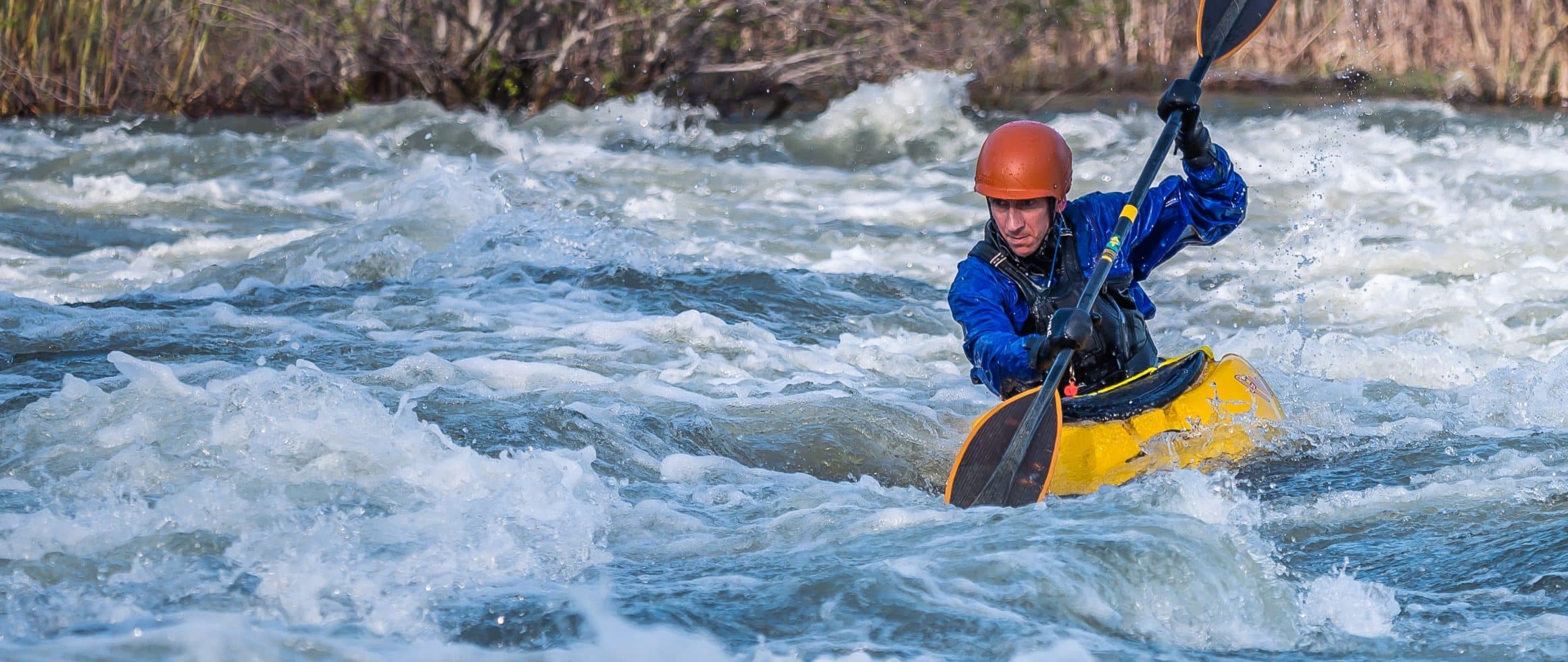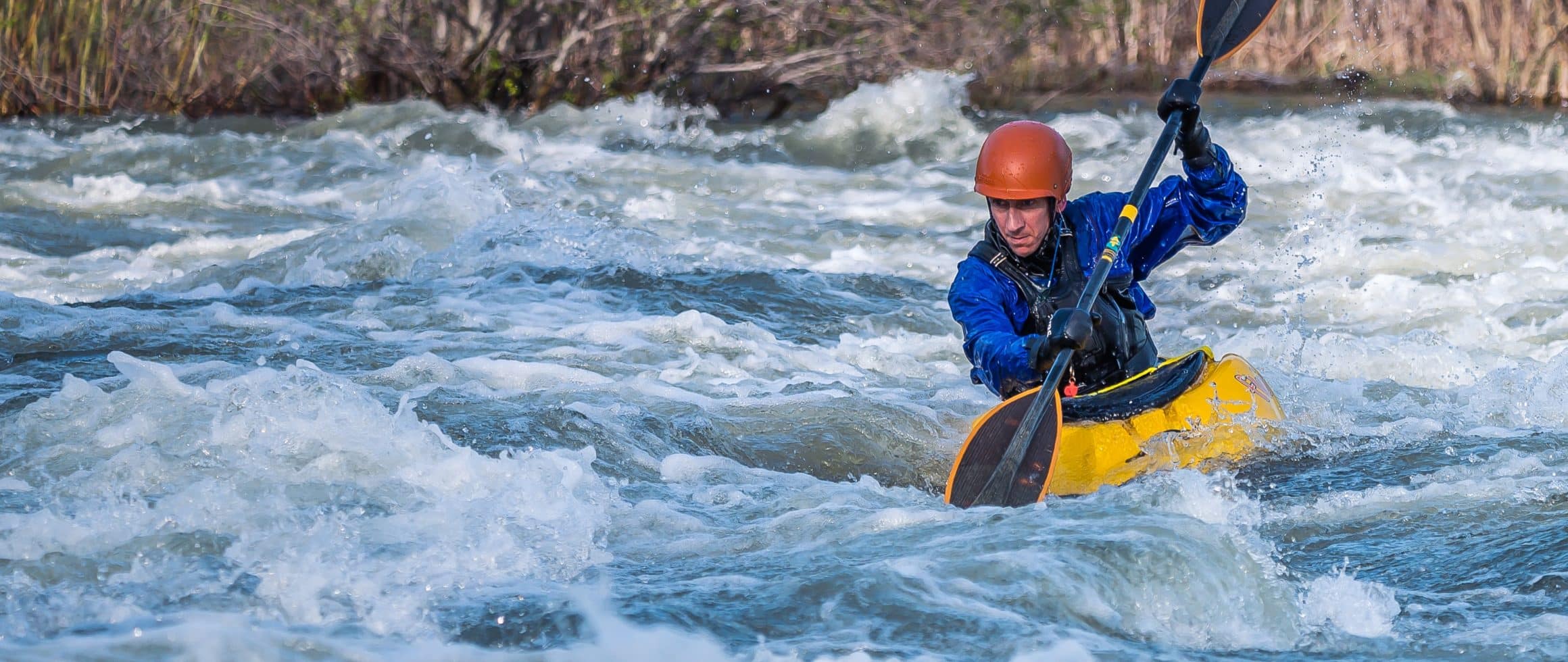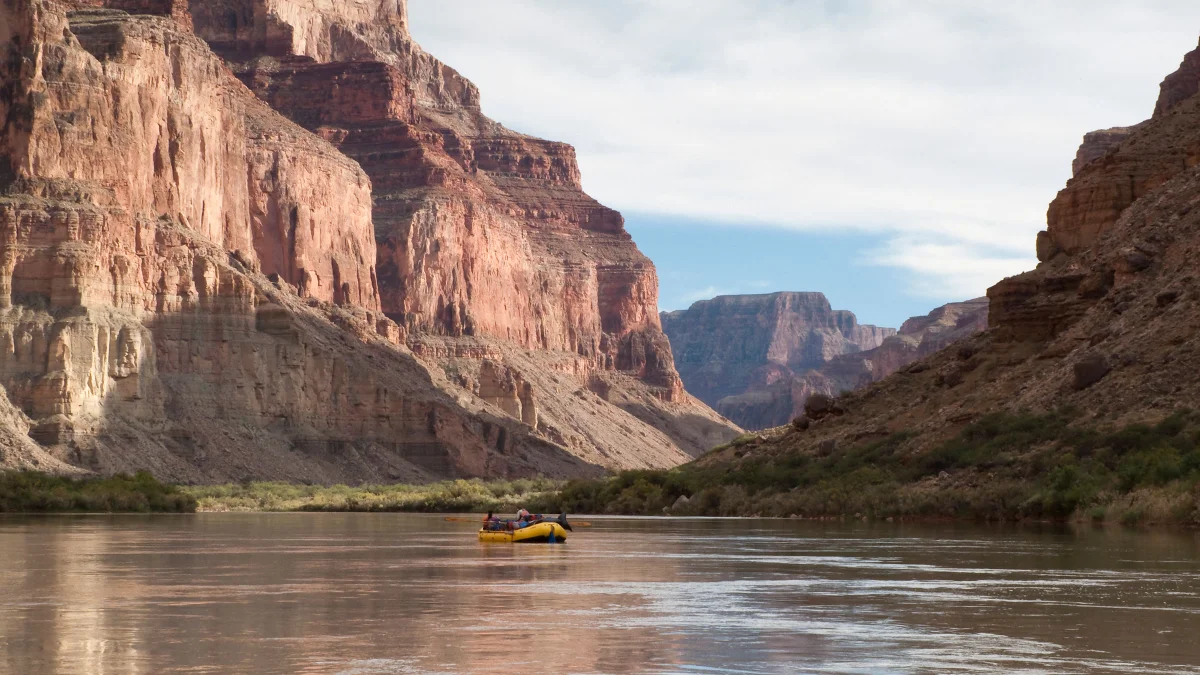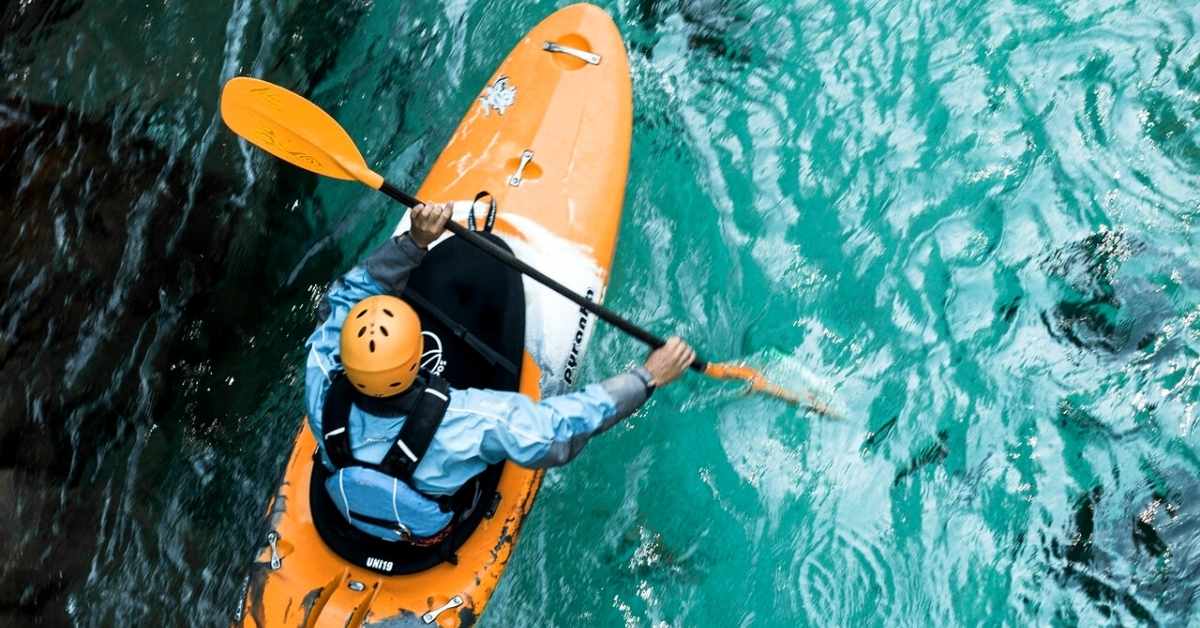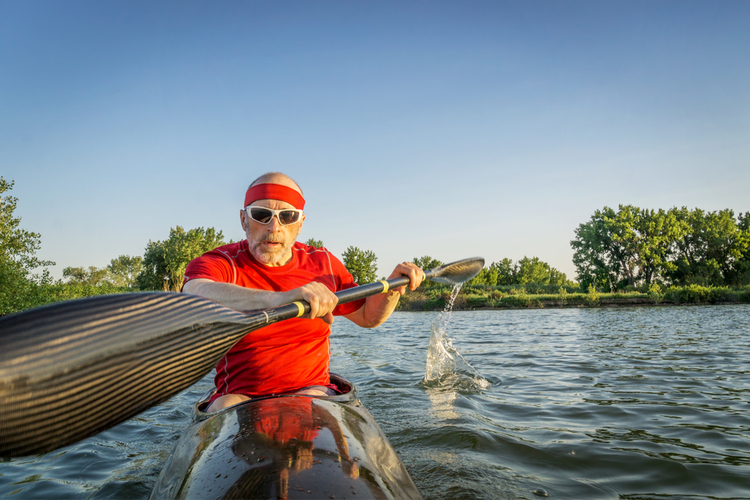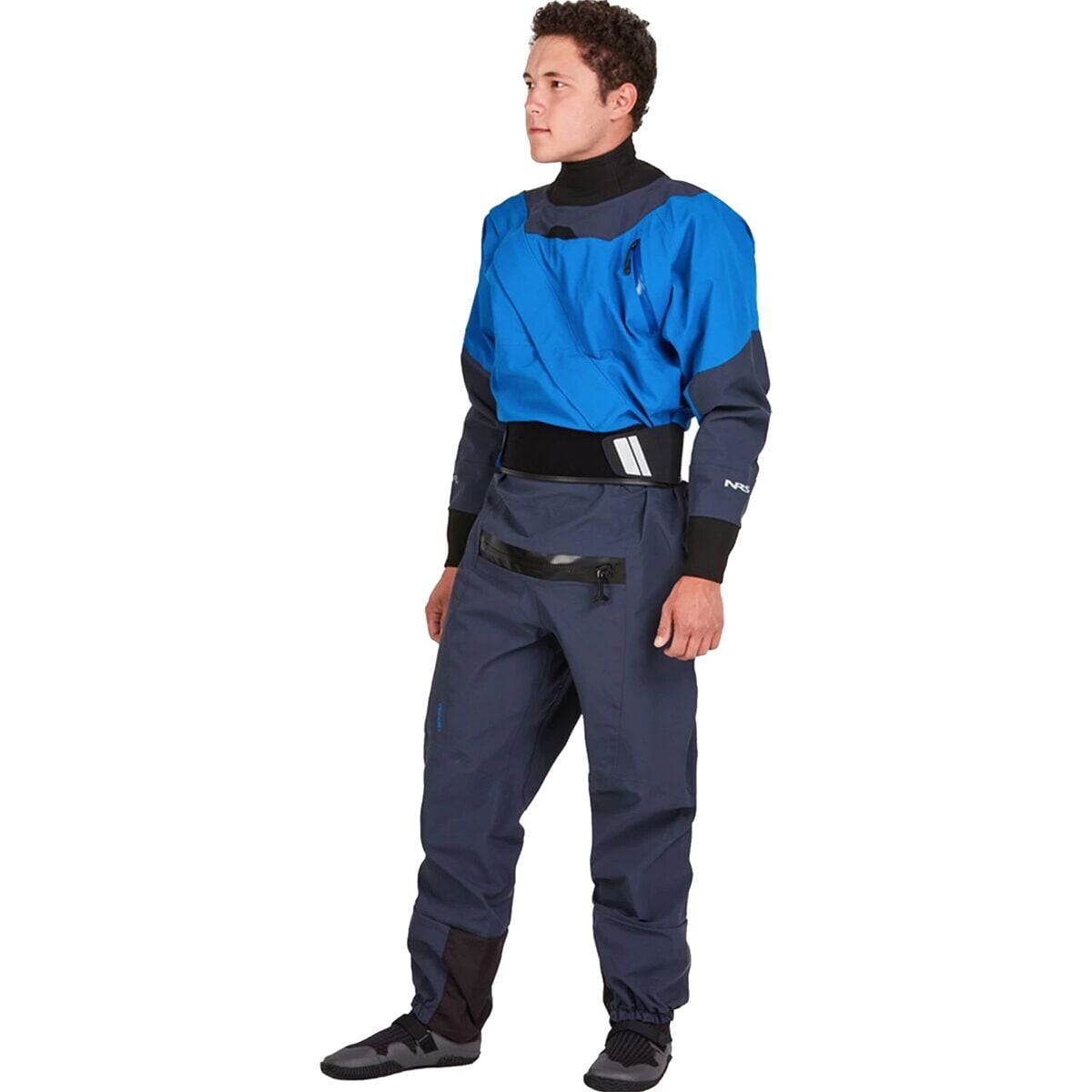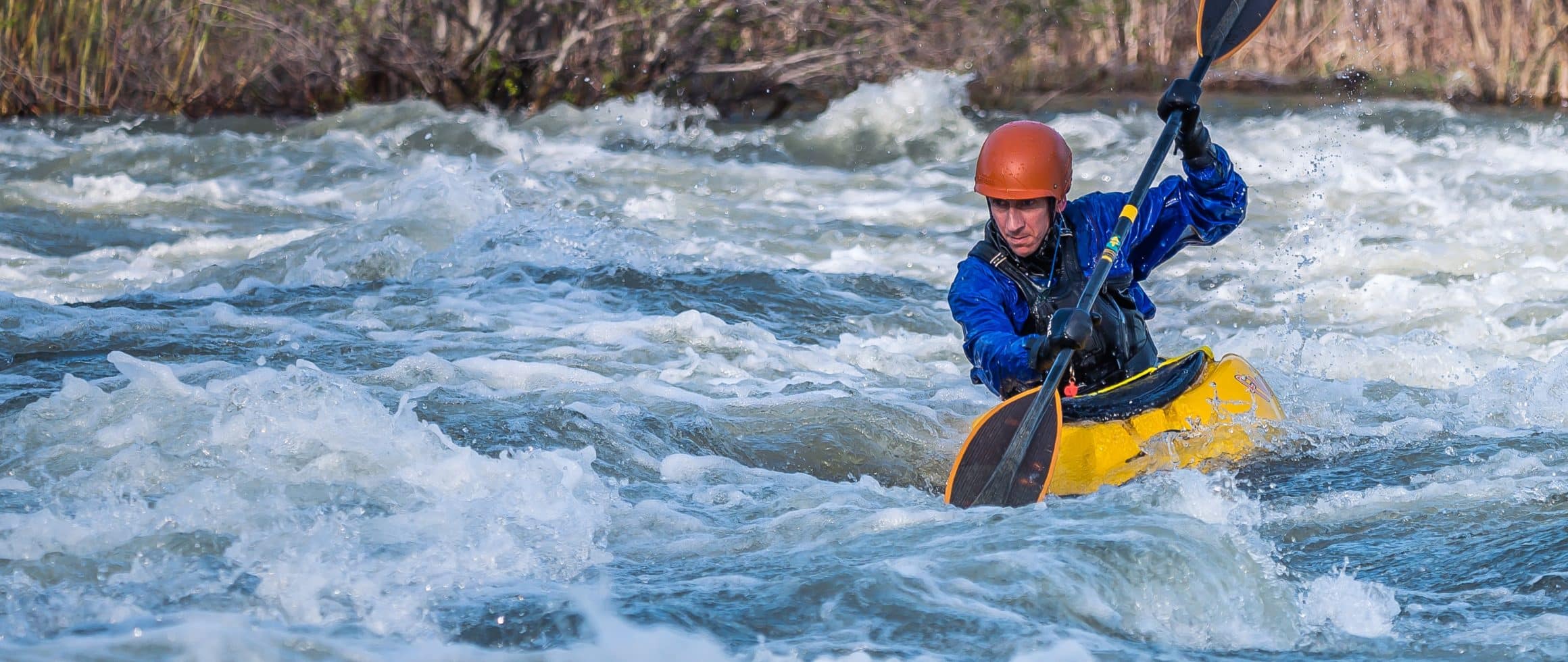
- Alabama
- Alaska
- Arizona
- Arkansas
- California
- Colorado
- Connecticut
- Delaware
- Florida
- Georgia
- Hawaii
- Idaho
- Illinois
- Indiana
- Iowa
- Kansas
- Kentucky
- Louisiana
- Maine
- Maryland
- Massachusetts
- Michigan
- Minnesota
- Mississippi
- Missouri
- Montana
- Nebraska
- Nevada
- New Hampshire
- New Jersey
- New Mexico
- New York
- North Carolina
- North Dakota
- Ohio
- Oklahoma
- Oregon
- Pennsylvania
- Rhode Island
- South Carolina
- South Dakota
- Tennessee
- Texas
- Utah
- Vermont
- Virginia
- Washington
- West Virginia
- Wisconsin
- Wyoming
Class 10 Rapids On The Colorado River
Class 10 Rapids On The Colorado River
Class 10 rapids whitewater rafting is available on various sections of the length of the massive Colorado River that runs through the Grand Canyon. Whitewater river runners with prior experience and professional certification are the only people who should be able to raft certain sections of rivers. Before you embark on an adventure down the Colorado River, it is in your best interest to become acquainted with the various level of rafting available on this challenging stretch of the river. That is true regardless of whether you plan to do so on a private or a commercial rafting trip.
The fact that the Grand Canyon has a grading scale from one to 10 and is represented by the letters I through X is exciting and noteworthy. Because of this, classes end up being far more specialized than before. Thrill seekers have been receiving accurate information from Advantage Grand Canyon on the various grades of rafting trips so that they may better understand what they are getting into when they sign up for these adventures. This information has been provided to understand better what they are getting into when they sign up for these adventures. It is of the utmost importance to keep in mind that the intensity of the rapids is affected not only by the water level but also by the flow rate and speed. It is a complicated link between the water's level and the water's flow and pace.
whiterwater
There is no "better" season to go rafting for better rapids because the Glenn Canyon dam always releases water flow year-round. Because of this, the rapids are not only roaring during spring runoff as they are in other rivers. Instead, there is no "better" season to go rafting for better rapids. Particular rapids act more aggressively when the water moves more slowly and at a lower volume, while other rapids behave oppositely in these conditions. Along the Colorado River, the outfitters we work with can provide the whole family with a once-in-a-lifetime experience they will never forget.
Because your guides are so experienced, you won't need to worry about negotiating the rapids on your own. They will do it for you and deal with it on your behalf. You will put your paddles into the water and follow the instructions of your river guide, who will be sitting at the back of the raft if you are paddling in a paddle raft. That is the only exception to this rule. If you are floating in a paddle raft, you will follow the instructions of your river guide, who will sit at the back of the raft. In any other type of raft, you will have to cling to the sides for dear life as you attempt to take in the scenery and have fun.
The International Scale of River Difficulty is utilized to classify the difficulty levels given by various rapids along a river (ISRD). This American method assesses the technical difficulty levels of rapids or waterways lengths on a scale ranging from 1 to 6, with one being the easiest and six being the most difficult. This system was developed in the 1970s and is still in use today. This system's goal is to provide rafters with the amount of expertise necessary to navigate a specific canal to fulfill its function. Classes are another term for those who may find them on the International Scale of River Difficulty.
kayak
This scale is used to rate the difficulty of rivers across the world (ISRD). These classifications are broken down into six subgroups. Many rivers are given a broad category and have portions with rapids below and beyond that grade. You can find these rapids in different parts of the river. Periodic changes in the types allocated to specific streams can be caused by several events, such as weather patterns, water level shifts, geological disturbances, fallen trees, and others. These factors can all contribute to periodic changes. These are the several class levels of rafting you may encounter on the Colorado River; nevertheless, you may have to trust that your highly experienced Grand Canyon commercial rafting guides will skillfully navigate you through each level.
The following is a rundown of the classes provided by the American Whitewater Association:
Rapids Difficulty Levels
Class I Rapids - Easy
When you pick this level of rafting, what it means is that you'll have a pleasant relaxed journey as you travel with the flow of the river, which is the case regardless of any level you choose. Aside from that, there will be a few teeny-tiny waves here and there, but other than that, there are very few river features and impediments you need to worry about. a swiftly moving stream with a few riffles and the occasional wave here and there. If you haven't put in any effort, there aren't that many roadblocks, and those there are all quite obvious and straightforward.
rafting
The swimmers are exposed to a negligible amount of danger, and it will not be difficult for them to save themselves.
Class II Rapids - Novice
Rapids are not challenging to navigate and are characterized by comprehensive and transparent channels that may be seen without the need to investigate. Even if it may require occasional maneuvering, well-trained paddlers should have little trouble avoiding potential dangers like stones and waves of modest size. As a result of the low incidence of injuries sustained by swimmers, the need for group help, while not infrequently valuable, is not a necessity that occurs very frequently. The rating of Class II+ is given to rapids that are thought to have a higher difficulty level than that of Class II. You will know that you have reached the area of rafting designated as Class 2 when you begin to experience harsher waves that are still no more than three feet tall and when you sometimes meet rocks or boulders that need some degree of navigation. When you come to this course section, you'll need to be on your game since you'll also have to steer your raft around several obstacles. For this reason, you'll need to have your wits about you.
Class III Rapids - Intermediate
Rapids on a river are characterized by waves of moderate size and uneven spacing; these rapids can be challenging to avoid and potentially capsize open boats. It is occasionally essential to do challenging maneuvers in a quick stream, and it is vital to have great control of the ship in congested channels or when maneuvering around cliffs. In addition, it is sometimes necessary to perform these maneuvers in a narrow channel. There is a possibility of huge waves or strainers, but avoiding them shouldn't be too harsh.
It is possible to locate eddies with a great deal of force, particularly on rivers with a high volume of water flowing through them and current effects that are pretty powerful. It is strongly advised that parties with little to no prior knowledge participate in scouting. There is a slight risk of getting hurt when swimming; nevertheless, if you want to avoid swimming for an extended amount of time, you could wish for the assistance of a group.
Class IV Rapids - Advanced
Rapids that are severe and powerful yet may be foreseen and need precise boat handling in the choppy water to avoid being swept away by the current. Depending on the characteristics of the river, it may have large waves and holes that are hard to avoid, or it could have intimate parts that require swift maneuvers to be completed while being put under pressure. Either way, navigating the river could be challenging. Probably, beginning motions, scouting rapids, or even just taking a break will necessitate a reliable eddy turn that is also relatively quick. It is probable that the first time you go down, you will need to execute some investigation or surveillance.
canyon
There is a moderate to the great danger of injury to swimmers, and the water conditions can make it challenging for swimmers to free themselves if they become trapped. When it comes to search and rescue operations, the participation of a group is usually required; nevertheless, having the necessary expertise is essential for doing so successfully. You are strongly encouraged to use an efficient Eskimo roll in this situation.
Class V Rapids - Expert
Rapids that are unusually prolonged, obstructed, or very violent place paddlers in jeopardy due to the heightened risk they bring. There is a risk that the drops may have large waves and gaps that those cannot avoid. Additionally, there is a likelihood that the steep chutes will be packed and have complicated and challenging route alternatives. If you want to traverse the rapids, you need to have a high degree of fitness because the rapids may continue for long distances between pools. Present might not be many eddies, and the ones there might be small and choppy, making it difficult to reach them.
river
On the opposite extreme of the spectrum, there is a chance that a mix of several of these traits will exist. The scouting expedition comes highly recommended, but there is a possibility that it may be difficult. Swimming in dangerous waters may be dangerous, and even for skilled swimmers, it might be difficult to save someone in trouble in the water. A trustworthy Eskimo roll, proper equipment, enormous competence, and refined rescue talents are essential.
Because of the wide variety of difficulties that one may find beyond Class 5 rapids, the Class 5 scale is a multiple-level scale designated by classes 5.0, 5.1, 5.2, and so on. That is because the scale is open-ended. Compared to the prior level, each subsequent level features an exponentially more challenging challenge than before. For example, in terms of its order of magnitude, the increase in difficulty from Class 5.0 to Class 5.1 equals the increase in difficulty from Class IV to Class 5.0.
Class VI Rapids - Extreme And Exploratory Rapids
These whitewater rafting trips have rarely been undertaken, and they are usually used as illustrations of the challenges, unpredictability, and risks that those may encounter at extreme levels. There is no assurance that the defects can be corrected, and there is also a possibility that they might have exceedingly severe consequences. For use only by teams of highly qualified specialists at ideal water levels and after completing a complete personal inspection and adopting all appropriate safety precautions.
A Class VI rapid that has been run several times after a specific time has elapsed may change its rating to a Class 5. x rating, which is considered to be a more acceptable level of difficulty.
The rating system used in the Grand Canyon part of the Colorado River frequently differs from the rating system used for the rest of the river. Classes I through V on the International Scale of River Severity are approximately comparable to the Grand Canyon's Class 1-10 system, which ranks the river's difficulty (ISRD). In the Grand Canyon, Classes 1 and 2 correspond to ISRD Class I, Classes 3 and 4 to ISRD Class II, Classes 5 and 6 to ISRD Class III, Classes 7-8, 9 and 10, and Classes 9 and 10 to ISRD Class IV, whereas Classes 1 and 2 correspond to ISRD Class 2 in the Grand Canyon. The following is a summary of Classes VII-X following ISRD:
Class VII And VIII Rapids
Rivers classified as Classes 7-8 are defined by the existence of a significant number of constricted places, lengthy and challenging rapids, and water characterized by a high level of turbulence.
Class 10 Rapids On The Colorado River
Because it requires such precise navigation, only more experienced rafters are permitted to navigate this portion of the river.
Class IX and X Rapids
The Class 10 river system is the most challenging navigable river system. Because of this, many professionals and daredevils go here to experience the most extreme adrenaline rush that is humanly conceivable. There are a few furious rapids; water features that twirl and twist, and barriers about the size of a home. There are two examples of Class 10 rapids located on the Colorado River. These rapids are known as Gore and Tunnel. The Chrystal rapid and the Lava Falls rapids in the Grand Canyon both have the potential to be ranked as Class 10 rapids. However, this depends on the amount of water that is there.
Rafters can utilize the Grand Canyon's Class 1-10 scale and the International Scale of River Difficulty to assess whether or not a particular stretch of river is within their skill level while determining whether or not to raft that stretch of river. Both of these scales are helpful and accurate options for reaching this assessment. Even if they are based on professionals' opinions and susceptible to change without prior warning, they are still beneficial.
kayak river
That is because they are helpful even though they are based on views. When attempting to choose the type of training that will provide you with the most return on your investment, you should consult your common sense and not be afraid to ask questions. Regarding the whitewater rafting trip that you are organizing, we are here to provide answers to any queries that you could have.
This information has been supplied for them to understand better what they are getting into when they join these experiences. It is of the highest significance to bear in mind that the strength of the rapids is determined not only by the water level but also by the flow rate and speed. That is because the water level is only one factor contributing to the class 10 rapids overall intensity. The state of the water, as well as its flow rate and its speed, are intricately connected in a way that can be rather complicated.
Frequently Asked Questions
What are Class 10 Rapids?
Class 10 Rapids refer to the highest level of difficulty in white water rafting, characterized by intense, fast-moving water with large, unavoidable obstacles such as rocks and boulders.
What kind of experience is needed to tackle Class 10 Rapids?
Experience in white water rafting is essential for tackling Class 10 Rapids. It is recommended that you have experience in Class 5 Rapids and above before attempting Class 10 Rapids.
What equipment is needed for Class 10 Rapids?
Proper equipment is essential for a safe and successful Class 10 Rapids experience. This includes a properly fitted life jacket, a helmet, a paddle, and a high-quality white water raft.
Are there any risks associated with Class 10 Rapids?
Class 10 Rapids are considered extremely dangerous and should only be attempted by experienced rafters. The risks include the potential for injury or death due to the high-speed water and obstacles.
How do I find a guide for Class 10 Rapids?
It is recommended to look for a reputable guide service that specializes in Class 10 Rapids. They will be able to provide experienced guides and the necessary equipment for your trip.
Can children participate in Class 10 Rapids?
Due to the extreme nature of Class 10 Rapids, it is not recommended for children to participate. It is important to consider the safety of all participants before attempting any rafting trip.

